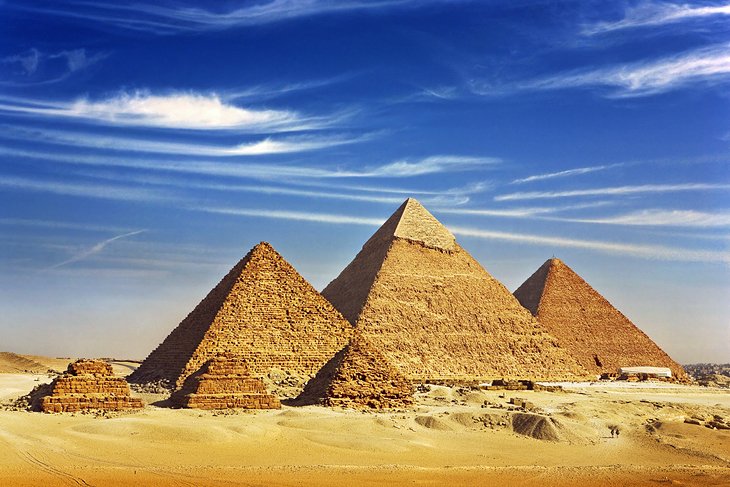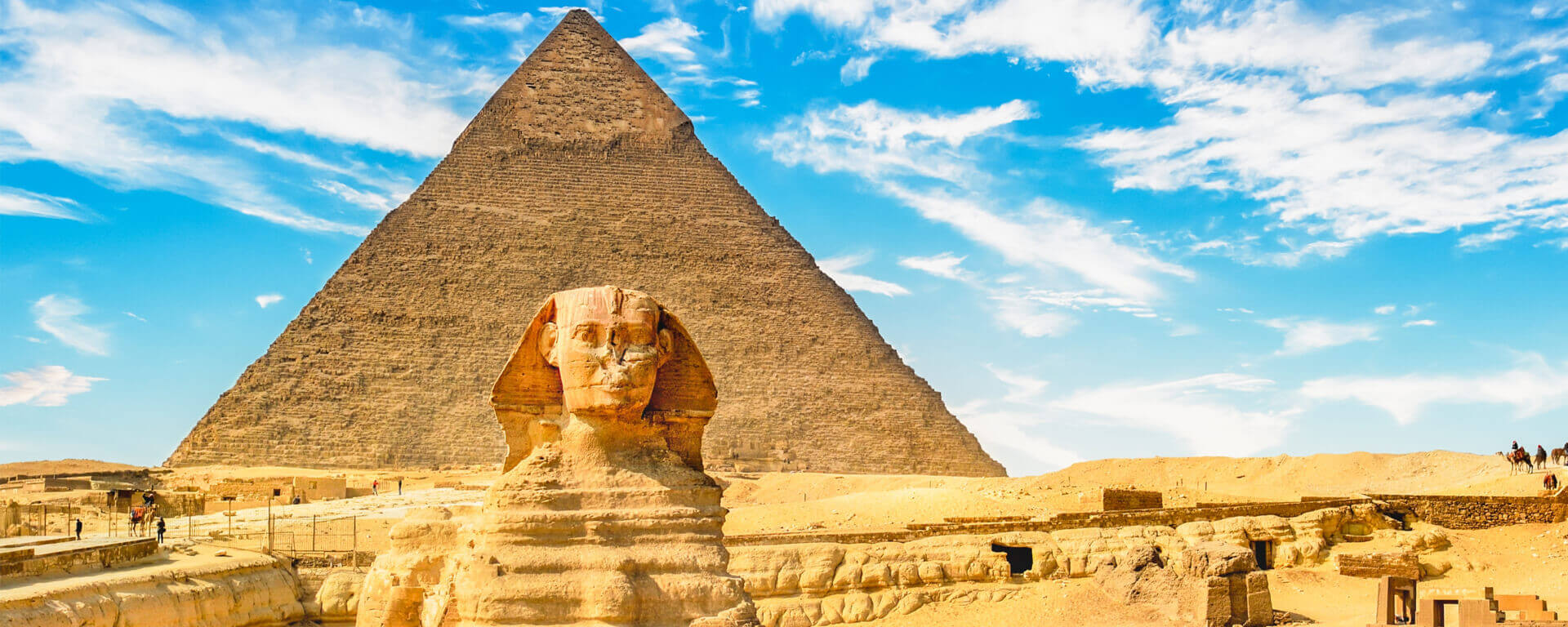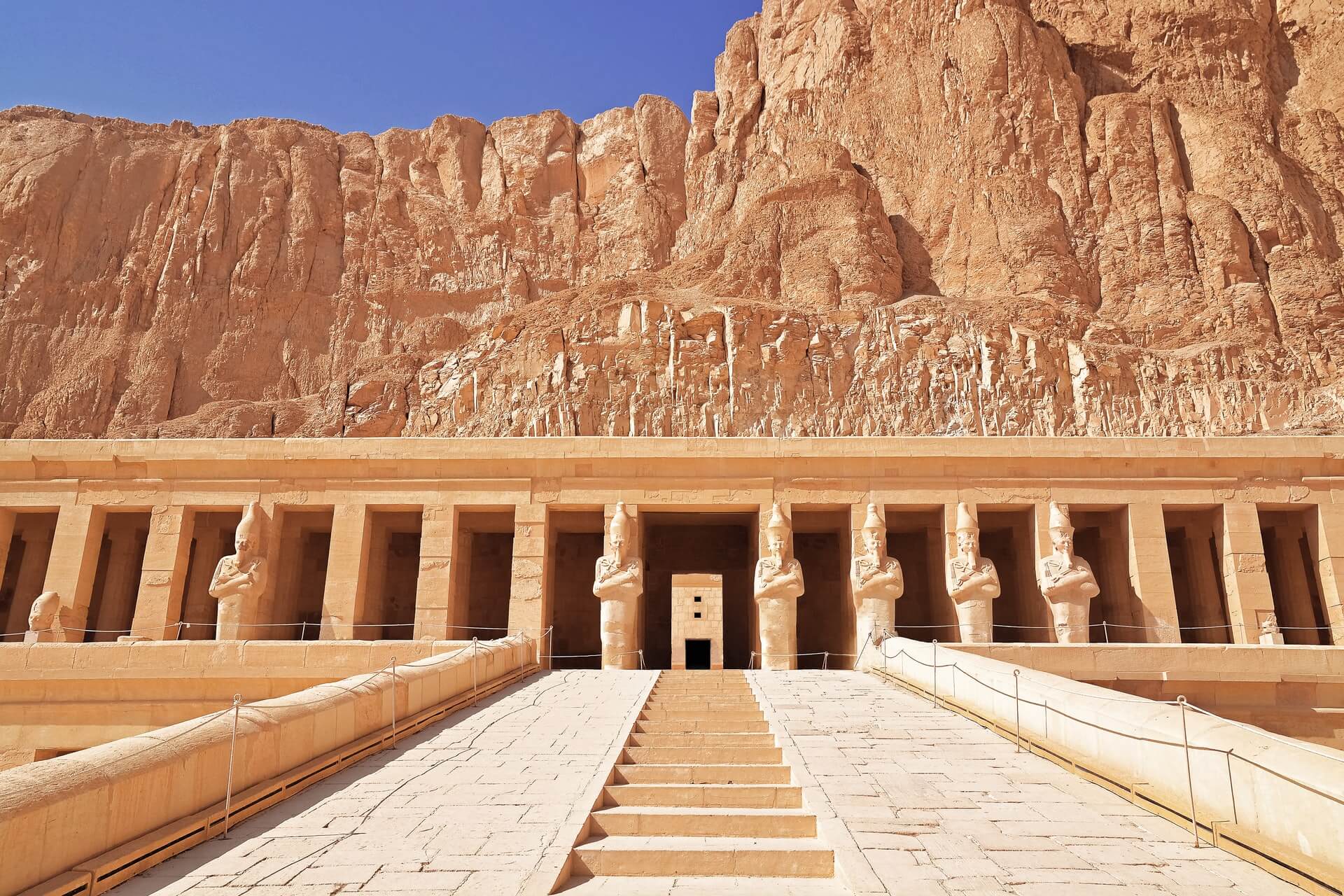
Egypt. The very name conjures images of colossal pyramids piercing the azure sky, pharaohs adorned with gold, and the life-giving waters of the Nile flowing through ancient lands. This is a country where history is not confined to museums but is etched into the very landscape, a civilization that has captivated the world for millennia. For the intrepid traveler, Egypt offers an unparalleled journey through time, a vibrant cultural immersion, and a breathtaking spectacle of natural beauty.
This comprehensive guide will delve into the heart of Egypt, exploring its most iconic attractions, tracing its rich history, providing practical travel tips, outlining accommodation and transportation options, and revealing the optimal times to experience its magic. Prepare to be transported to a land of ancient marvels and enduring allure.
The Pillars of Egyptian Grandeur: Top Attractions

Related Articles about Egypt: A Timeless Tapestry of Wonders – Unveiling the Top Attractions and Essential Travel Guide:
- The Enchanting North: A Comprehensive Guide to Finland’s Top Attractions
- A Wanderer’s Guide to Sweden: Unveiling the Land of Fjords, Forests, and Fika
- India: A Traveler’s Guide to a Land of Infinite Wonders
- Singapore City: A Jewel in the Lion City’s Crown – Your Ultimate Guide
- Osaka: A Culinary Capital and Cultural Gem – Unveiling the City’s Finest Stays
Egypt’s attractions are as vast and varied as its history. While a lifetime might be needed to uncover every hidden gem, certain sites stand as undisputed titans, drawing millions each year.
1. The Pyramids of Giza and the Sphinx: No Egyptian itinerary is complete without a pilgrimage to the Giza Plateau. The Great Pyramid of Giza, the last remaining wonder of the ancient world, is an awe-inspiring testament to human ingenuity and ambition. Standing at over 481 feet tall, its sheer scale is humbling. Beside it, the pyramids of Khafre and Menkaure complete this iconic trio. The enigmatic Great Sphinx, with its lion’s body and human head, guards the plateau, its weathered gaze fixed eternally eastward, a silent sentinel of forgotten epochs. Exploring the area allows for camel rides, panoramic views, and an intimate connection with a civilization that shaped our understanding of monumental architecture.
2. The Temples of Luxor: Situated on the east bank of the Nile, Luxor is an open-air museum, a city built upon the ruins of ancient Thebes. The Karnak Temple Complex is an astonishing labyrinth of colossal columns, obelisks, and sanctuaries dedicated to the Theban triad. Its sheer size and intricate carvings are staggering, a testament to centuries of pharaonic devotion. Across the river, the Luxor Temple, bathed in the soft glow of sunset, offers a more intimate but equally captivating experience. Its grand colonnade and serene courtyards whisper tales of ancient rituals and royal processions.
3. The Valley of the Kings: On the west bank of the Nile, across from Luxor, lies the Valley of the Kings, the burial ground of pharaohs and powerful nobles of the New Kingdom. Descending into these elaborately decorated tombs, with their vibrant hieroglyphs and colorful murals, is like stepping into a preserved underworld. Tutankhamun’s tomb, though small, is a world-famous discovery, its treasures now housed in the Grand Egyptian Museum. Other tombs, like those of Seti I and Ramesses VI, offer equally stunning visual narratives of the pharaohs’ journey to the afterlife.
4. Abu Simbel: This magnificent rock-cut temple complex, relocated in its entirety to save it from the rising waters of Lake Nasser, is a triumph of modern engineering and a breathtaking sight. The Great Temple of Ramesses II, with its four colossal statues of the pharaoh, is an iconic image of Egypt. The smaller Temple of Nefertari, dedicated to his queen, is equally beautiful, adorned with exquisite reliefs. The annual Sun Festival, when sunlight illuminates the inner sanctuary, is a truly magical event.
5. The Egyptian Museum (Cairo): For a comprehensive overview of Egypt’s rich past, the Egyptian Museum in Cairo is indispensable. It houses an unparalleled collection of artifacts, from the treasures of Tutankhamun to sarcophagi, mummies, statues, and everyday objects that offer a glimpse into ancient Egyptian life. While the new Grand Egyptian Museum (GEM) is gradually opening its doors and will eventually house the entire collection, the older museum remains a treasure trove of historical significance.
6. A Nile River Cruise: Perhaps the most immersive way to experience Egypt’s ancient wonders is through a Nile River cruise. These voyages, typically lasting from three to seven nights, connect the iconic sites of Luxor and Aswan, allowing travelers to witness the timeless rhythm of life along the riverbanks. Cruising offers unparalleled access to temples and historical sites, often arriving at dawn or dusk when the crowds are thinner and the light is more dramatic. It’s a journey back in time, with modern comforts seamlessly blending with ancient landscapes.
7. Aswan: Situated in Upper Egypt, Aswan is a tranquil city known for its beautiful setting on the Nile and its Nubian culture. The Philae Temple, dedicated to the goddess Isis, is a particularly romantic and picturesque site, relocated to Agilkia Island. Visitors can also explore the Unfinished Obelisk, offering insights into ancient quarrying techniques, and the High Dam, a monumental feat of engineering. A felucca ride at sunset is a quintessential Aswan experience, gliding silently on the Nile’s shimmering waters.
A Tapestry Woven Through Time: A Glimpse into Egyptian History

Egypt’s history is a grand narrative spanning over 5,000 years, a civilization that laid the foundations for so much of what we know today.
- The Predynastic Period (c. 6000 – 3100 BCE): Early settlements along the Nile developed into distinct cultures, laying the groundwork for unification.
- The Early Dynastic Period (c. 3100 – 2686 BCE): The unification of Upper and Lower Egypt under King Menes (Narmer) marked the beginning of dynastic rule and the development of hieroglyphic writing.
- The Old Kingdom (c. 2686 – 2181 BCE): This era is synonymous with the construction of the great pyramids at Giza, a period of strong central government and monumental achievements.
- The First Intermediate Period (c. 2181 – 2055 BCE): A period of decentralization and political instability.
- The Middle Kingdom (c. 2055 – 1650 BCE): A resurgence of central authority, expansion, and flourishing of arts and literature.
- The Second Intermediate Period (c. 1650 – 1550 BCE): Invasions by the Hyksos and further fragmentation.
- The New Kingdom (c. 1550 – 1070 BCE): The golden age of Egypt, marked by powerful pharaohs like Hatshepsut, Akhenaten, Tutankhamun, and Ramesses the Great. This period saw extensive empire building, monumental temple construction, and the Valley of the Kings became the royal necropolis.
- The Late Period and Foreign Rule (c. 1070 – 332 BCE): Egypt experienced periods of decline and rule by various foreign powers, including the Persians.
- The Ptolemaic Dynasty (332 – 30 BCE): Following Alexander the Great’s conquest, the Ptolemies, of Greek origin, ruled Egypt, with Cleopatra VII being the last of this line. Alexandria became a center of Hellenistic culture and learning.
- Roman and Byzantine Rule (30 BCE – 641 CE): Egypt became a Roman province, and later part of the Byzantine Empire. Christianity took root.
- Islamic Conquest and Medieval Period (641 CE – 1517 CE): The Arab conquest ushered in an era of Islamic rule, with Cairo becoming a major center of Islamic civilization.
- Ottoman Rule and Modern Egypt (1517 – Present): Egypt was part of the Ottoman Empire, followed by French occupation, British influence, and eventually independence in the 1952 revolution.
Navigating the Land of the Pharaohs: Travel Tips for a Seamless Journey
To truly appreciate the magic of Egypt, careful planning is essential. Here are some key travel tips:
- Visa Requirements: Most nationalities require a visa to enter Egypt. This can often be obtained upon arrival at major airports or pre-arranged online or through an embassy. Check the latest regulations for your country of origin.
- Currency: The official currency is the Egyptian Pound (EGP). While credit cards are accepted in larger hotels and tourist establishments, it’s advisable to carry some cash for smaller purchases, markets, and tipping. ATMs are widely available in cities and tourist areas.
- Language: Arabic is the official language. However, English is widely spoken in tourist areas, hotels, and by guides. Learning a few basic Arabic phrases like "Shukran" (thank you) and "Salam alaikum" (peace be upon you) is always appreciated.
- Dress Code: Egypt is a conservative country. While tourist resorts have a relaxed dress code, it’s important to dress modestly when visiting religious sites and venturing into local communities. This typically means covering your shoulders and knees. Lightweight, breathable fabrics are recommended.
- Tipping (Baksheesh): Tipping is an integral part of Egyptian culture and is expected for services rendered. This includes hotel staff, drivers, guides, and even those who offer small courtesies. Small denominations of Egyptian Pounds are usually sufficient.
- Hydration and Sun Protection: The Egyptian sun can be intense, especially during the summer months. Drink plenty of bottled water, wear sunscreen, a hat, and sunglasses.
- Bargaining: Haggling is common in souks (markets) and for souvenirs. Be polite, friendly, and prepared to negotiate.
- Safety: Egypt is generally a safe country for tourists, but it’s always wise to be aware of your surroundings and take standard precautions against petty theft. Avoid walking alone in poorly lit areas at night.
- Respectful Photography: Always ask for permission before taking photos of people, especially women. Some historical sites may have restrictions on photography.
- Food and Drink: Stick to bottled water and be cautious with street food. Most hotels and reputable restaurants offer safe and delicious Egyptian cuisine.
A Haven for Every Traveler: Accommodation Options
Egypt offers a diverse range of accommodation to suit every budget and preference:
- Luxury Hotels: Major cities like Cairo, Luxor, and Aswan boast world-class five-star hotels offering opulent rooms, excellent amenities, and stunning views. Many feature swimming pools, spas, and fine dining options.
- Boutique Hotels: For a more intimate and personalized experience, consider boutique hotels, often found in historical buildings or offering unique architectural designs.
- Mid-Range Hotels: Comfortable and well-equipped hotels are available in all tourist destinations, providing good value for money.
- Budget Guesthouses and Hostels: Travelers on a tighter budget can find affordable guesthouses and hostels, particularly in Cairo and Aswan, offering basic but clean accommodation.
- Nile Cruise Ships: These floating hotels range from luxurious five-star vessels to more modest options, providing an all-inclusive experience with meals and guided excursions.
- Nubian Villages: In Aswan and surrounding areas, staying in a traditional Nubian guesthouse offers a unique cultural immersion, with colorful houses and warm hospitality.
Seamless Journeys: Transportation in Egypt
Navigating Egypt is relatively straightforward, with several reliable transportation options:
- Flights: For longer distances, flying is the most efficient option. Domestic airlines connect major cities like Cairo, Luxor, Aswan, and Sharm El Sheikh.
- Trains: The Egyptian National Railways operate a network of trains connecting most major cities. Sleeper trains are a popular option for overnight journeys between Cairo and Luxor/Aswan.
- Buses: Intercity buses are a more budget-friendly option for travel between cities. Companies like Go Bus and Blue Bus offer comfortable and modern services.
- Nile Cruises: As mentioned, these offer a unique way to travel between Luxor and Aswan, combining sightseeing with accommodation.
- Taxis and Ride-Sharing: Taxis are readily available in cities. Negotiate the fare before starting your journey or opt for metered taxis. Ride-sharing apps like Uber and Careem are also popular and convenient in Cairo and other major cities.
- Private Drivers and Tours: For a more personalized and comfortable experience, hiring a private driver or booking guided tours with transportation included is a popular choice for exploring specific sites.
- Feluccas: Traditional sailboats on the Nile, particularly popular in Aswan, offer a serene and authentic way to experience the river.
Embracing the Sun: Best Time to Visit Egypt
Egypt enjoys a predominantly hot and dry climate, making the best time to visit dependent on your tolerance for heat and desired activities.
- October to April (Peak Season): This is widely considered the best time to visit Egypt. The weather is pleasant, with daytime temperatures ranging from the low 20s to mid-30s Celsius (70s to 90s Fahrenheit). This period is ideal for exploring ancient sites, cruising the Nile, and enjoying outdoor activities. However, it’s also the busiest and most expensive time to travel.
- May to September (Summer Season): These months are characterized by intense heat, with temperatures often soaring above 40°C (104°F), especially in Upper Egypt. While it’s possible to visit during this time, it requires careful planning to avoid the midday sun and focus on early morning or late afternoon excursions. Prices are generally lower during this period, and there are fewer crowds.
- Shoulder Seasons (September and May): These months can offer a good balance, with slightly cooler temperatures than the peak of summer but still before the main tourist influx.
Specific Considerations:
- Winter (December to February): Offers the most comfortable temperatures for sightseeing, especially in Cairo and Luxor. However, evenings can be cool, so pack layers.
- Spring (March to May): Pleasant temperatures, but can start to get warm towards the end of May.
- Autumn (September to November): Ideal for a pleasant transition from summer heat, with comfortable temperatures and fewer crowds than the peak winter months.
Egypt: A Journey That Stays with You
Egypt is not merely a destination; it’s an experience that transcends time. It’s a place where the whispers of ancient pharaohs echo in the monumental stones, where the lifeblood of the Nile continues to sustain a vibrant culture, and where the warmth of its people leaves an indelible mark on every visitor. From the awe-inspiring pyramids to the serene temples and the bustling souks, Egypt promises an unforgettable adventure, a journey into the heart of human history and enduring wonder. Pack your bags, open your mind, and prepare to be captivated by the timeless tapestry of Egypt.





